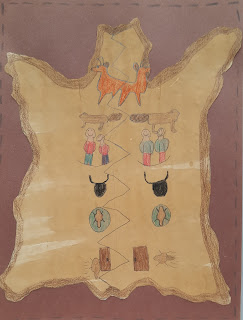In Canada, June is designated as National Indigenous History Month, a time to celebrate and recognize the rich history, heritage, and contributions of First Nations, Inuit, and Métis peoples. Additionally, June 21st is recognized as National Indigenous Peoples Day, a specific day to highlight Indigenous cultures and achievements.
Why do non-Indigenous Canadians need to learn about Indigenous history?
For many Canadians, the history of Indigenous Peoples and Canada was, until recently, unknown. Generations of Canadians have gone through their lives without knowing about residential schools, the historic and ongoing impacts of the Indian Act, the significance of treaties, or the contributions of Indigenous Peoples to the mosaic of Canada.
Canada is often recognized as a leader in reconciliation efforts with Indigenous peoples, due to its commitment to recognizing Indigenous rights, addressing historical injustices, and engaging in nation-to-nation relationships. While significant progress has been made, the journey towards reconciliation is ongoing and faces ongoing challenges.
So in art class, my Grade 4-6 students learned about and made their own versions of painted buffalo hides of the Plains Peoples. We looked at photos and watched videos.
You can find many buffalo hide templates online. We painted them with brown liquid watercolours first and let dry. Then they sketched on their designs using pencils. Once students finished drawing and colouring their designs using pencil crayons, they cut them out and glued them onto brown construction paper.




























































